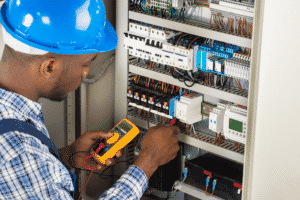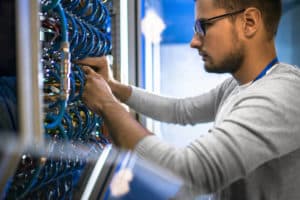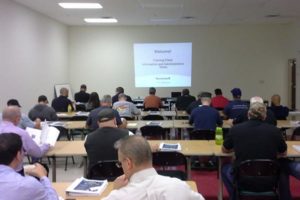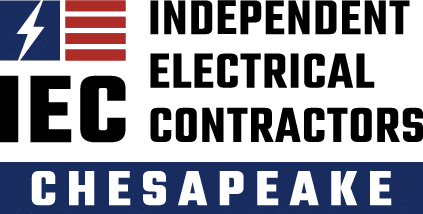From IEC Associate Partner R.C. Colerick and Intermatic
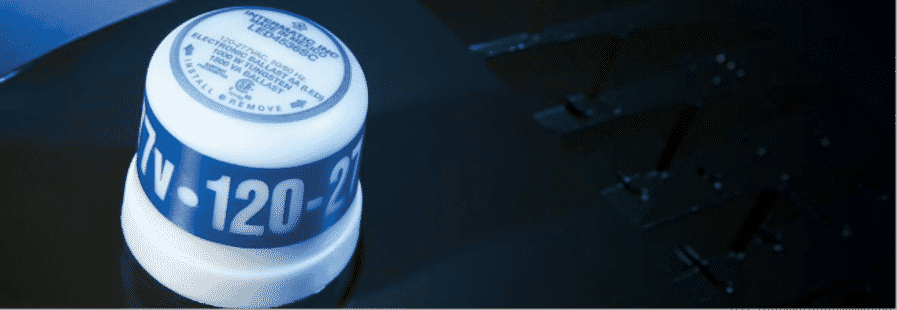
What are Electronic Ballasts?
Ballasts limit the amount of current from supply line voltage, while maintaining the necessary electrical conditions for proper lamp start and operation. Ballasts vary in design complexity. Older, simplistic magnetic models minimally include inductors, capacitors and a series resistor. Modern electronic ballasts employ solid-state circuitry, which successfully eliminates the stroboscopic effect of flicker in fluorescent lighting, while increasing ballast efficiency.
Electronic ballasts, or drivers, are used to drive various lighting loads, including light emitting diodes (LED), fluorescent (Linear and CFL), induction fluorescent (IF), and high-intensity discharge (HID) lamps. These designs have different electrical start-up characteristics that should be considered by control suppliers, such as Intermatic, to provide properly functioning devices that are able to match the increased life expectations of new lighting technologies.
The Challenges:
Energy reduction; many governments have passed or are considering legislation targeted at energy use reduction specifically magnetic ballasts and fluorescent technologies. The initiative is to adopt the newer technologies of LED, CFL, and IF, using electronic drivers and ballasts. One challenge will be for controls manufacturers ensuring compatibility with this equipment.
Yes, these technologies offer reliability and performance that exceed the old standards- but the specifiers and designers will need to contend with the legacy controls, including photo controls and the new complications that arise with the electronic drivers.
Inrush currents at turn-on, produced from some electronic ballasts can cause premature relay contact failures. These inrush currents can be much higher than those experienced with traditional tungsten or magnetic ballast loads because many electronic ballasts employ large energy storage capacitors. Such capacitors can charge up to 400V for a 277V line voltage, and will briefly draw high current from the line to achieve this voltage.
Photo Control Design Solutions to Minimize the Effects of High Inrush Currents
Photo control suppliers must keep in mind the effect of high inrush currents for electronic ballast designs. Suggested solutions described below address the high-current transients delivered by electronic ballasts.
- Employ a high-current rated thermal or electromechanical relay (Brute force approach)
- Implement predictive load transfer switching techniques (Cost-effective approach)
- Utilize photo controls with solid-state switches(Costlier approach)
- Utilize a hybrid solid-state/relay switch design (Costly approach)
Intermatic’s premium electronic photo controls successfully utilize zero crossing techniques for extended lifespan. As a result, Intermatic is able to offer cost-effective, 8 to 12-year warrantied electronic photo controls, while providing large inrush current carrying capacities.
For more details, the science on this subject, or the PDF detailing these solutions, please reach out to [email protected]. Our Associate Partners at R.C. Colerick have a wealth of information ready for you!
